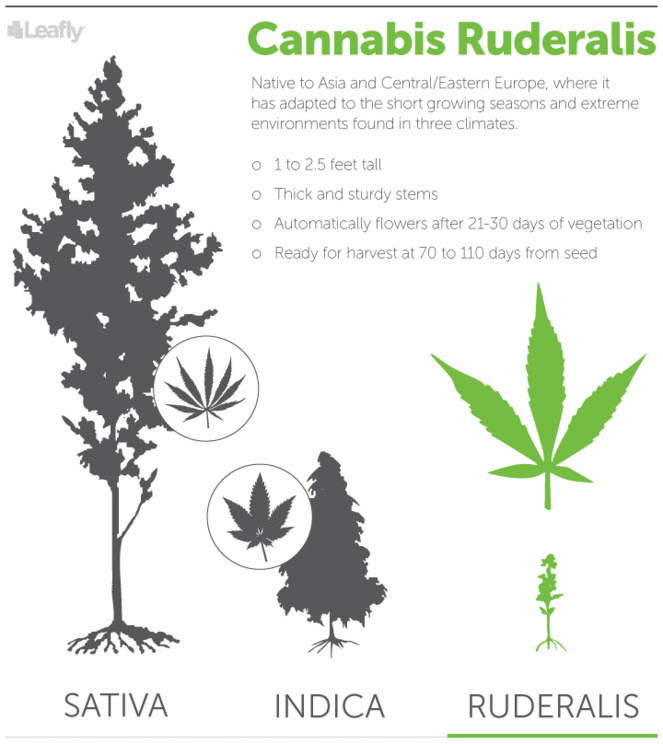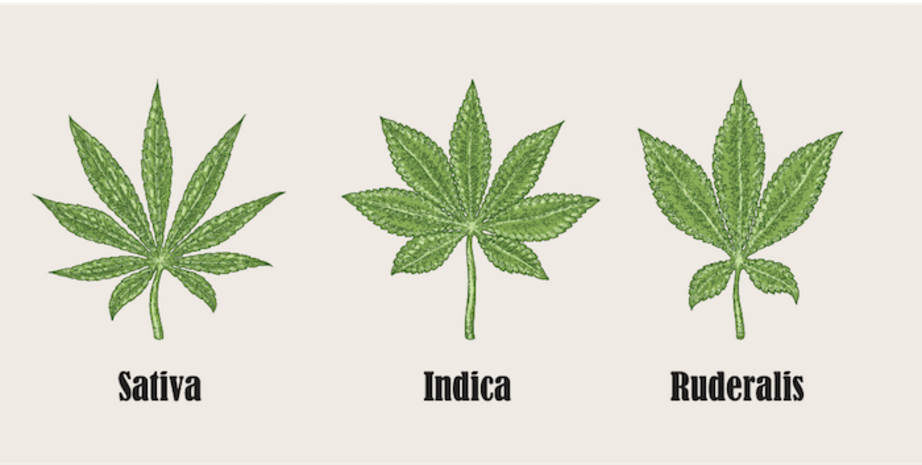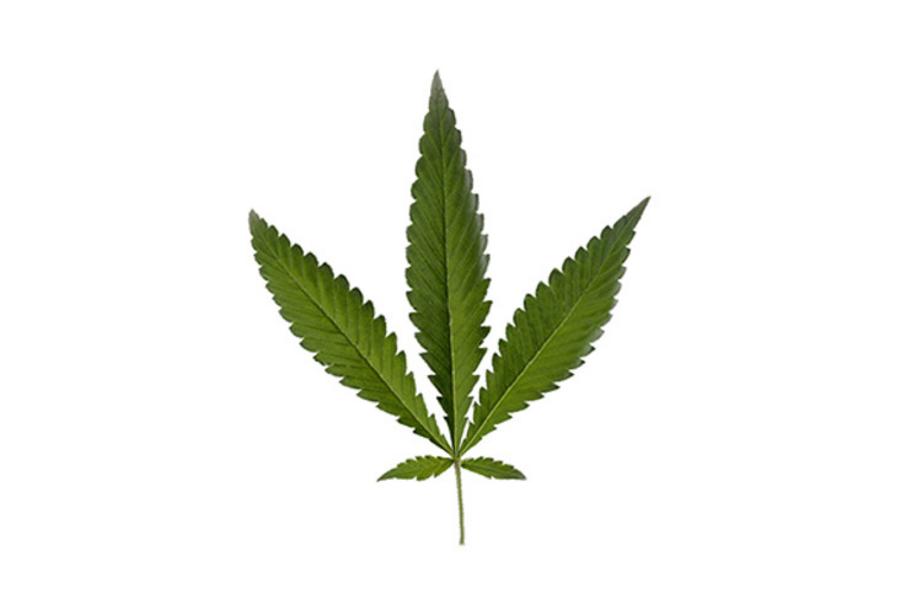Cannabis Ruderalis - the often overlooked third species of cannabis
Most are familiar with two species of cannabis, sativa and indica, however, there is a third, often overlooked species of this healing plant, known as cannabis ruderalis. Native to Russia and Eastern Europe, ruderalis is different in a number of ways, most notably in that it has very low THC content, and is therefore not psychoactive, making it less sought after for those seeking to elevate their consciousness.
A true weed, ruderalis grows in abundance in the wild, often in disturbed soils on roadsides and on farmland, thriving near human populations. The name itself, ruderalis, stems from a Latin word, rūdera, meaning rubbish, or debris, offering insight into its characteristics.
The plant itself is short and stocky, quite smaller than indica or sativa, typically only growing to a height of 1 and 2.5 feet tall, and has a unique leaf, noticeably different from the two other popular species of cannabis.

So, what is this species of cannabis used for?
Ruderalis may have very beneficial uses when bred as a strain of industrial hemp, making it useful as an industrial crop.
There are many different varieties of commercial hemp, but too few of these strains are based on wild ruderalis. FIN-314, or Finola, is an auto flowering hemp strain created in 1995 for commercial crop growing in Finland. Its THC concentration is limited to a level acceptable to the government. Although these plants contain very little THC, they are rich in CBD and have medicinal uses that correspond to the CBD cannabinoid. Russian ruderalis has also been successfully transformed into industrial hemp strains grown for fibre, seed and oil. [Source]
Regarding CBD, ruderalis is rich in this active cannabinoid which is now being widely recognized for its non-psychoactive medical properties which are highly beneficial in reducing inflammation, managing pain, and are believed to very potent anti-cancer agents.

Ruderalis is commonly used by cannabis breeders to enhance the properties of sativa and indica strains, most notably because ruderalis is auto-flowering, meaning that it’s flowering cycle is not triggered by the photoperiod like indica and sativa. It typically begins to flower between 21 and 30 days after the seed has been planted, and popular strains commonly referred to as ‘auto-flowering’ strains are typically crossbred with ruderalis.
Sativa/ ruderalis crosses are also quite popular. Sativas tend to be too tall to grow well indoors, so adding a little ruderalis heritage to the mix creates plants that are far more manageable. [Source]

Many believe ruderalis to be a descendant of indica genetics that adjusted to the harsh climates and the shorter growing seasons of the northern regions where it originates. Cannabis ruderalis is native to areas in Asia, Central/Eastern Europe, and specifically Russia, where botanists used the term “ruderalis” to classify the breeds of hemp plant that had escaped from human and cultivation, adapting to the extreme environments found in these climates. [Source]
While some debate continues as to whether or not ruderalis is a subspecies rather than a stand alone species of cannabis, the plant is quite unique, and a true weed.

